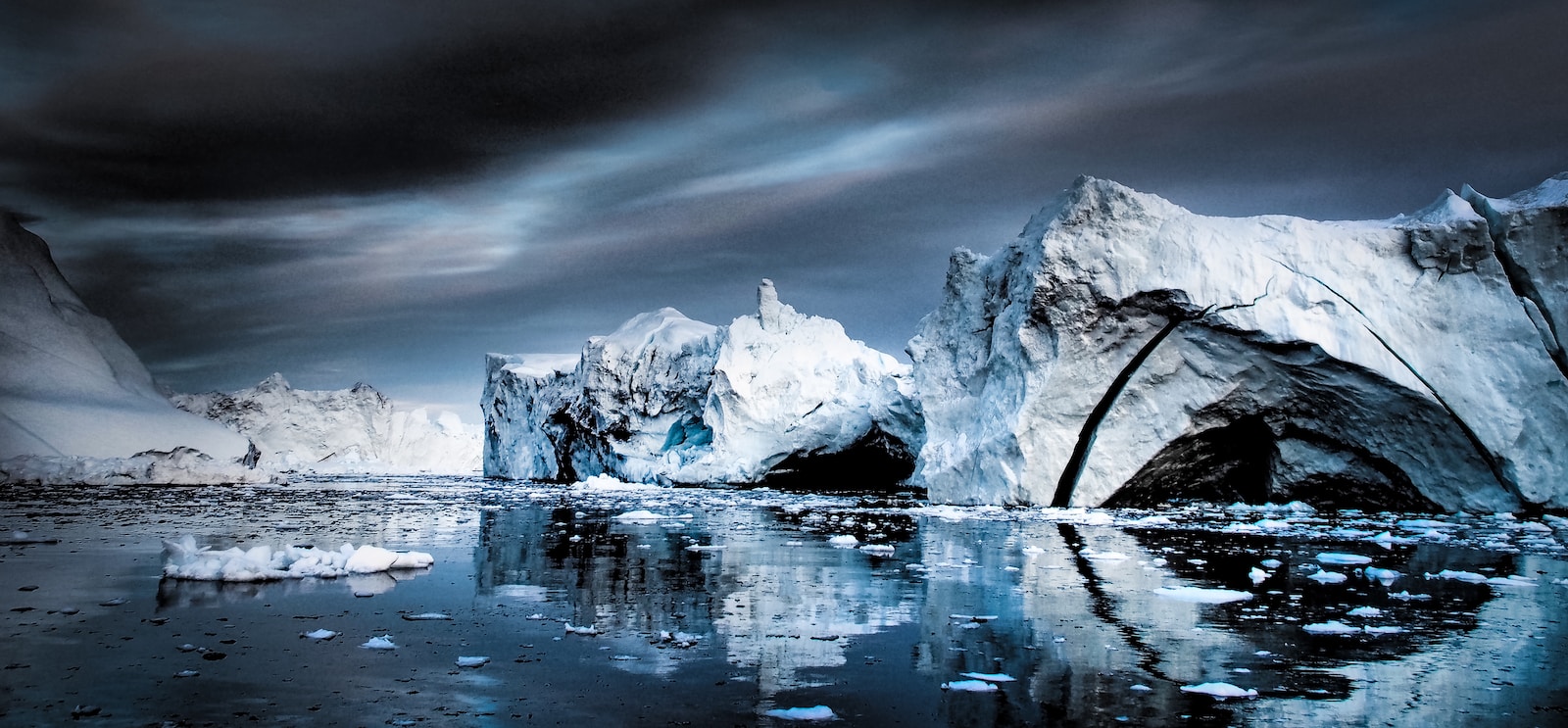Table of Contents
ToggleIntroduction:
A new study has found that the amount of melting yet to come from glaciers that end in the sea may be significantly underestimated by scientists. The study, which used satellite radar data from three different spacecraft constellations to obtain precise readings of northwest Greenland’s Petermann Glacier, reveals that seawater is intruding deep into the glacier, thinning the ice from below. This has significant implications for global sea level projections, as the glacier acts like a doorstop, holding back vast quantities of land-based ice. As the glacier thins, inland ice moves faster into the ocean, raising global sea levels.
The Impact of Seawater on Petermann Glacier
The study found that seawater, which is slightly above freezing, is moving inland along the grounding line, where the glacier transitions from resting on bedrock to a floating ice shelf. Most computer models used to project ice melt from marine-terminating glaciers like Petermann assume that little to no melting occurs at the grounding line. However, the study’s co-author Eric Rignot of NASA’s Jet Propulsion Laboratory and University of California, Irvine, told Axios via email that this assumption is incorrect. The seawater has even carved a 670-foot-tall cavity underneath the ice, further weakening the glacier’s ability to hold ice in place.
The Sensitivity of Petermann Glacier to Temperature
The study found that the glacier is rising and falling with the tides, as water flushes underneath it and penetrates more than a mile inland multiple times per day. This finding surprised Rignot, particularly how far inland the relatively warm ocean waters are moving. “This implies that the glacier is hugely sensitive to the temperature of the water,” Rignot said. The study suggests that the findings may help explain why computer models have trouble accurately depicting the pace of recent glacier retreat, as well as historical glacier melt events during Earth’s history.
Implications for Sea Level Projections
The study has big implications for what may happen at marine-terminating glaciers elsewhere in Greenland as well as in Antarctica, the study notes. It suggests that current sea level projections are too low and could be as much as two times too low. If all the inland ice were to melt, it would raise global sea levels by about 1.6 feet, the study found. This highlights the urgent need for further research and action to mitigate the impacts of climate change.
Conclusion:
The new study reveals that seawater is intruding deep into northwest Greenland’s Petermann Glacier, thinning the ice from below, and suggests that current sea level projections are too low. This has significant implications for global sea levels, as the glacier acts like a doorstop, holding back vast quantities of land-based ice. The findings may help explain why computer models have trouble accurately depicting the pace of recent glacier retreat and historical glacier melt events during Earth’s history. The study highlights the urgent need for further research and action to mitigate the impacts of climate change.







